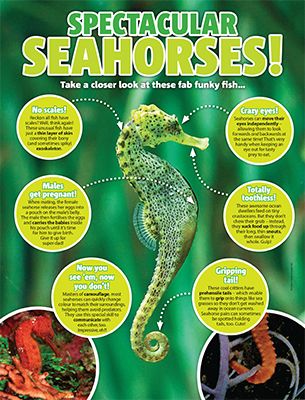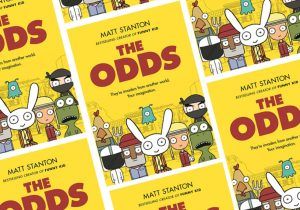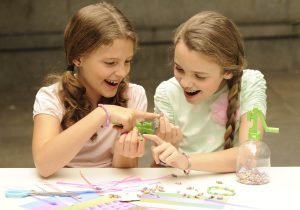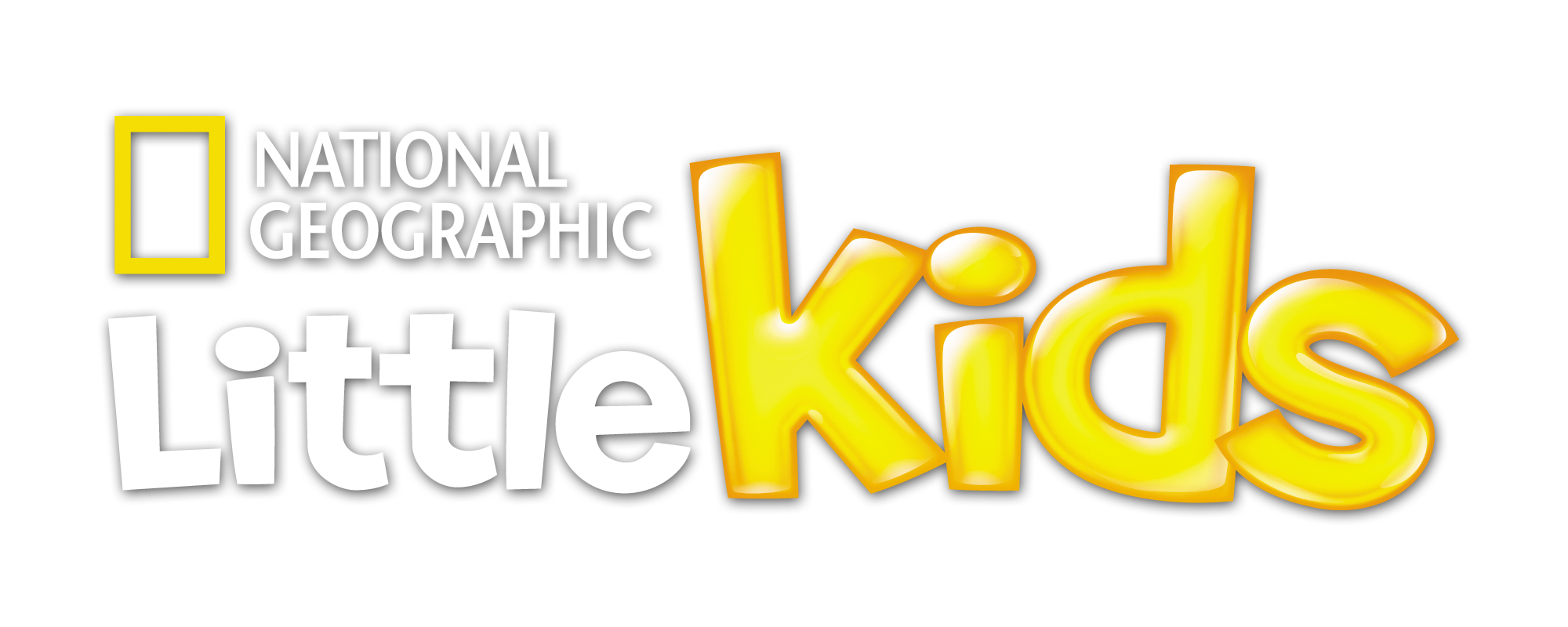
Seahorse Primary Resource
Get the lowdown on these cool, quirky sea creatures!
 This primary resource takes a close-up look at seahorses. Discover fascinating facts and photographs about this unusual fish. What cheeky trick helps seahorses hide from predators? How do they use their prehensile tail? What do seahorses eat?
This primary resource takes a close-up look at seahorses. Discover fascinating facts and photographs about this unusual fish. What cheeky trick helps seahorses hide from predators? How do they use their prehensile tail? What do seahorses eat?
Pupils will learn all about the unique behaviour and key characteristics of seahorses in this Animals primary resource.
The teaching resource can be used in study group tasks and discussions about seahorses. It can be used as a printed handout for each pupil to review and annotate, or for display on the interactive whiteboard for class discussion.
N.B. The following information for mapping the resource documents to the school curriculum is specifically tailored to the English National Curriculum and Scottish Curriculum for Excellence. We are currently working to bring specifically tailored curriculum resource links for our other territories; including South Africa, Australia and New Zealand. If you have any queries about our upcoming curriculum resource links, please email: schools@ngkids.co.uk
This Animals primary resource assists with teaching the following Key Stage 1 Science (Year 1) objectives from the National Curriculum:
Pupils should be taught to:
- identify and name a variety of common animals including fish, amphibians, reptiles, birds and mammals
- describe and compare the structure of a variety of common animals (fish, amphibians, reptiles, birds and mammals, including pets)
Pupils might work scientifically by: using their observations to compare and contrast animals at first hand or through videos and photographs, describing how they identify and group them; grouping animals according to what they eat; and using their senses to compare different textures, sounds and smells.
National Curriculum Key Stage 1 Science (Year 2) objective:
Pupils should be taught to:
- identify that most living things live in habitats to which they are suited and describe how different habitats provide for the basic needs of different kinds of animals and plants, and how they depend on each other
- describe how animals obtain their food from plants and other animals, using the idea of a simple food chain, and identify and name different sources of food.
Pupils should be introduced to the idea that all living things have certain characteristics that are essential for keeping them alive and healthy. They should raise and answer questions that help them to become familiar with the life processes that are common to all living things. Pupils should be introduced to the terms ‘habitat’ (a natural environment or home of a variety of plants and animals) and ‘micro-habitat’ (a very small habitat, for example for woodlice under stones, logs or leaf litter).
Pupils should compare animals in familiar habitats with animals found in less familiar habitats, for example, on the seashore, in woodland, in the ocean, in the rainforest.
Pupils should be taught to: find out about and describe the basic needs of animals, including humans, for survival (water, food and air)
Pupils should be introduced to the basic needs of animals for survival, as well as the importance of exercise and nutrition for humans.
National Curriculum Lower Key Stage 2 Science (Year 3) objective:
Pupils should be taught to: identify that animals, including humans, need the right types and amount of nutrition, and that they cannot make their own food; they get nutrition from what they eat
Pupils might compare and contrast the diets of different animals (including their pets) and decide ways of grouping them according to what they eat. They might research different food groups and how they keep us healthy and design meals based on what they find out.
National Curriculum Lower Key Stage 2 Science (Year 4) objective:
Pupils should be taught to:
- recognise that living things can be grouped in a variety of ways
- explore and use classification keys to help group, identify and name a variety of living things in their local and wider environment
This primary resource and activity assists with teaching the following EYFS objectives from the National Curriculum:
In planning and guiding children’s activities, practitioners must reflect on the different ways that children learn and reflect these in their practice. Three characteristics of effective teaching and learning are:
- playing and exploring — children investigate and experience things, and ‘have a go’.
- active learning — children concentrate and keep on trying if they encounter difficulties, and enjoy achievements.
- creating and thinking critically — children have and develop their own ideas, make links between ideas, and develop strategies for doing things.
National Curriculum Key Stage 1 Art objective:
Pupils should be taught:
- to use a range of materials creatively to design and make products
- to use drawing, painting and sculpture to develop and share their ideas, experiences and imagination
- to develop a wide range of art and design techniques in using colour, pattern, texture, line, shape, form and space
National Curriculum Key Stage 2 Art objective:
Pupils should be taught:
- to improve their mastery of art and design techniques, including drawing, painting and sculpture with a range of materials [for example, pencil, charcoal, paint, clay]
This Animals primary resource assists with teaching the following Sciences First level objectives from the Scottish Curriculum for Excellence:
- I can explore examples of food chains and show an appreciation of how animals and plants depend on each other for food.
Scottish Curriculum for Excellence Second level Sciences objectives:
- I can identify and classify examples of living things, past and present, to help me appreciate their diversity. I can relate physical and behavioural characteristics to their survival or extinction.
- I can use my knowledge of the interactions and energy flow between plants and animals in ecosystems, food chains and webs. I have contributed to the design or conservation of a wildlife area.
Scottish Curriculum for Excellence Third level Sciences objectives:
- I can sample and identify living things from different habitats to compare their biodiversity and can suggest reasons for their distribution.
Scottish Curriculum for Excellence Fourth level Sciences objectives:
- I understand how animal and plant species depend on each other and how living things are adapted for survival. I can predict the impact of population growth and natural hazards on biodiversity.
This primary resource and activity assists with teaching the following Expressive arts Early level objectives from the Scottish Curriculum for Excellence:
- I have the freedom to discover and choose ways to create images and objects using a variety of materials.
Scottish Curriculum for Excellence First level Expressive arts objectives:
- I have the opportunity to choose and explore a range of media and technologies to create images and objects, discovering their effects and suitability for specific tasks.
- I can create and present work using the visual elements of line, shape, form, colour, tone, pattern and texture.
Scottish Curriculum for Excellence Second level Expressive arts objectives:
- I can create and present work that shows developing skill in using the visual elements and concepts.
Scottish Curriculum for Excellence Third level Expressive arts objectives:
- I can use and combine the visual elements and concepts to convey ideas, thoughts and feelings in expressive and design work.
Download primary resource
Note: This is a subscriber-only benefit. If you have an active subscription, please log into your online account to download the files.
More Like

10 facts about Stephen Hawking

School Strike for Climate!

Meet THE ODDS!











LEAVE A COMMENT
THANK YOU
Your comment will be checked and approved shortly.
WELL DONE,
YOUR COMMENT
HAS BEEN ADDED!
COMMENTS1
unknown
seahorses are cool
CUSTOMIZE YOUR AVATAR